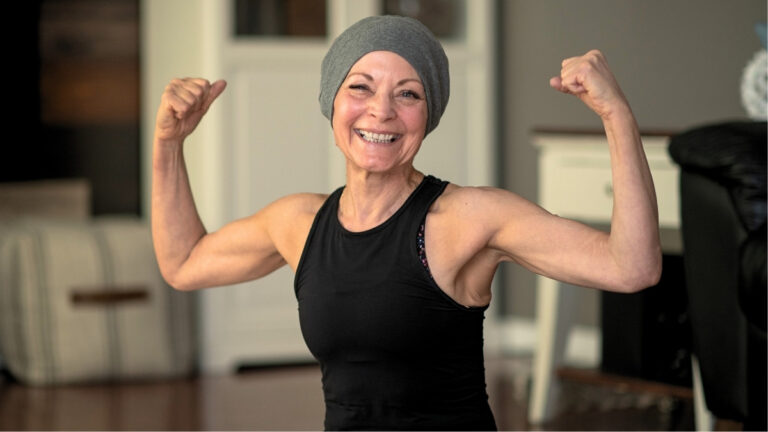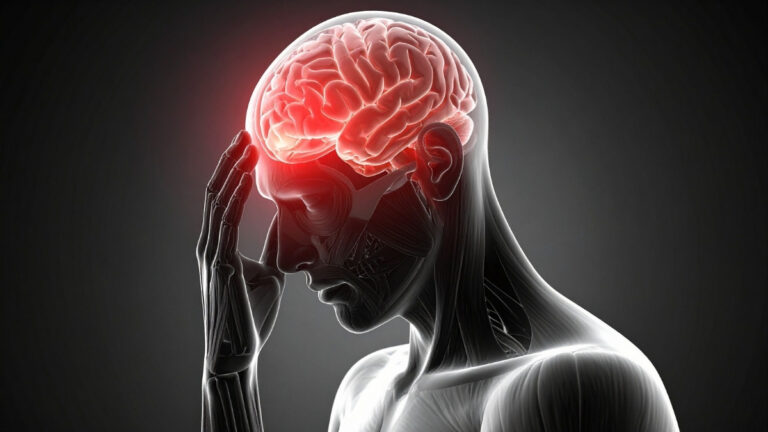This Kills in Seconds! Shocking Truths About Cardiac Arrest (Seniors in Danger)
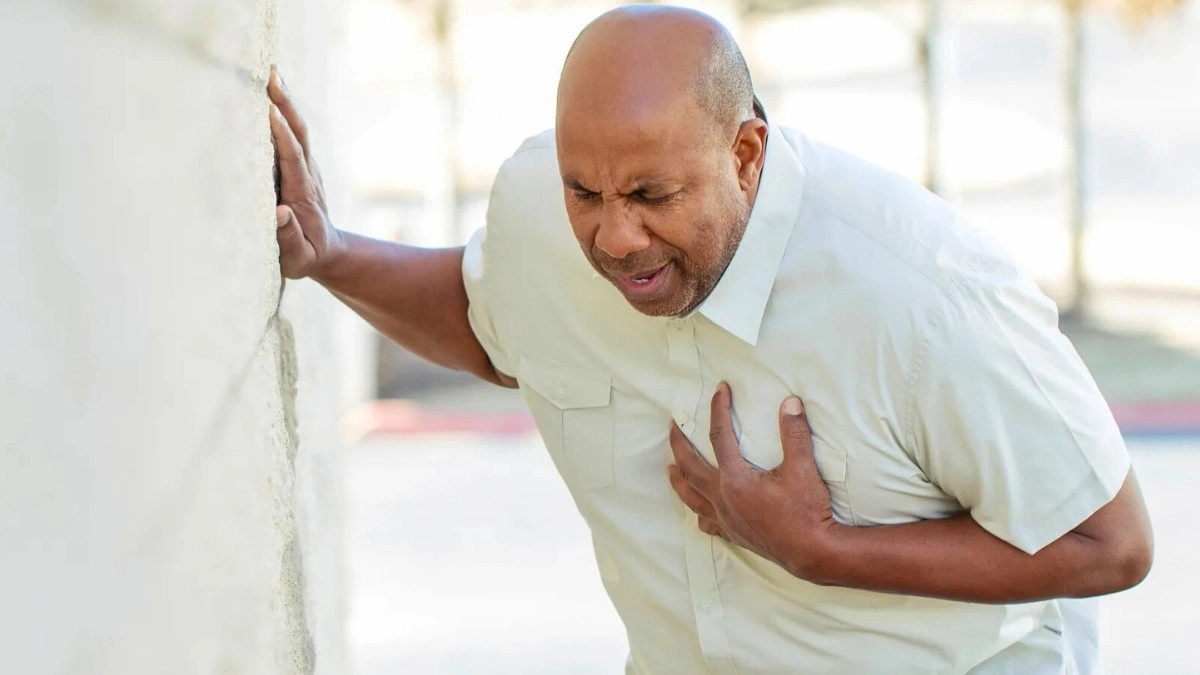
It strikes without warning. One second you’re fine—the next, your heart stops cold. Cardiac arrest is fast, silent, and deadly. Most people don’t even know they’re at risk until it’s too late. Unlike a heart attack, this killer gives no second chances and can take a life in under a minute.
But here’s the truth: it’s not random. Hidden lifestyle habits, ignored warning signs, and untreated conditions quietly pave the way. The good news? You can take control—starting today.
In this article, we reveal the shocking truths about cardiac arrest and, more importantly, how to avoid becoming its next victim. Your heart’s future depends on what you do next. Don’t wait. Read on.
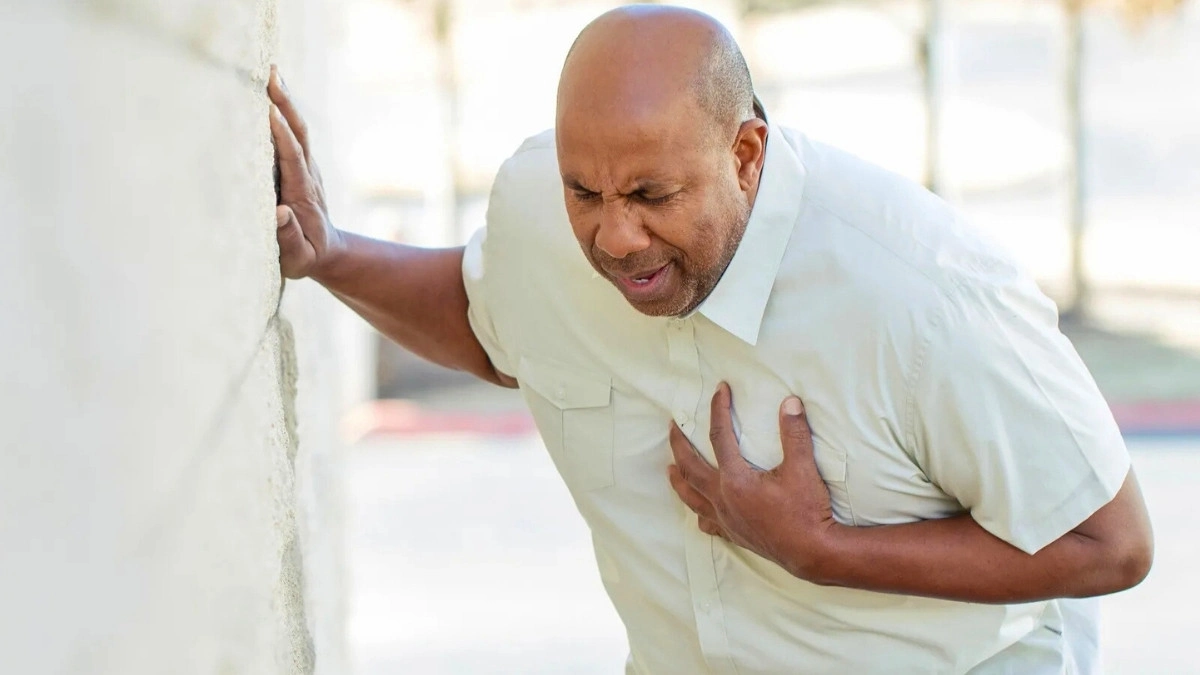
What Is Cardiac Arrest?
Cardiac arrest is a sudden and unexpected loss of heart function, breathing, and consciousness. It happens when your heart’s electrical system malfunctions and the heart suddenly stops beating effectively. This prevents blood from flowing to the brain and other vital organs, which can lead to death within minutes if not treated immediately.
It is not the same as a heart attack, although a heart attack can trigger cardiac arrest. While a heart attack is caused by a blockage in blood flow to the heart, cardiac arrest is an electrical problem that disrupts the heart’s rhythm (arrhythmia), often causing it to stop altogether.
Keywords: sudden cardiac arrest (SCA), sudden cardiac death (SCD), anxiety, mental stress, biological mechanism, predisposing and precipitating risk factors.
Cardiac arrest vs heart attack: what’s the difference?
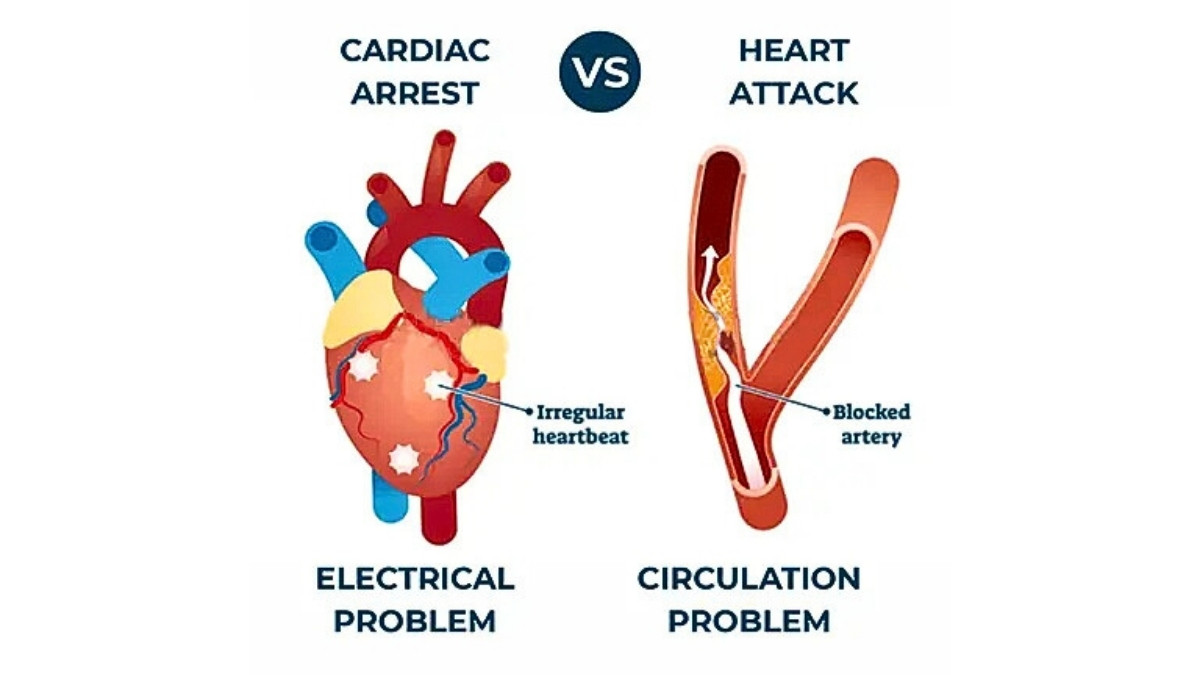
‘5 differences between a heart attack and a cardiac arrest‘
- A heart attack is not the same as a cardiac arrest.
- A heart attack is when one of the coronary arteries becomes blocked. The heart muscle is robbed of its vital blood supply and, if left untreated, will begin to die because it is not getting enough oxygen.
- A cardiac arrest is when a person’s heart stops pumping blood around their body and they stop breathing normally.
- Many cardiac arrests in adults happen because of a heart attack. This is because a person who is having a heart attack may develop a dangerous heart rhythm, which can cause a cardiac arrest.
- A heart attack and a cardiac arrest are both emergency situations.
To avoid Cardiac Arrest, You need to Consider these Seven Things.
1. Know Your Risk Factors
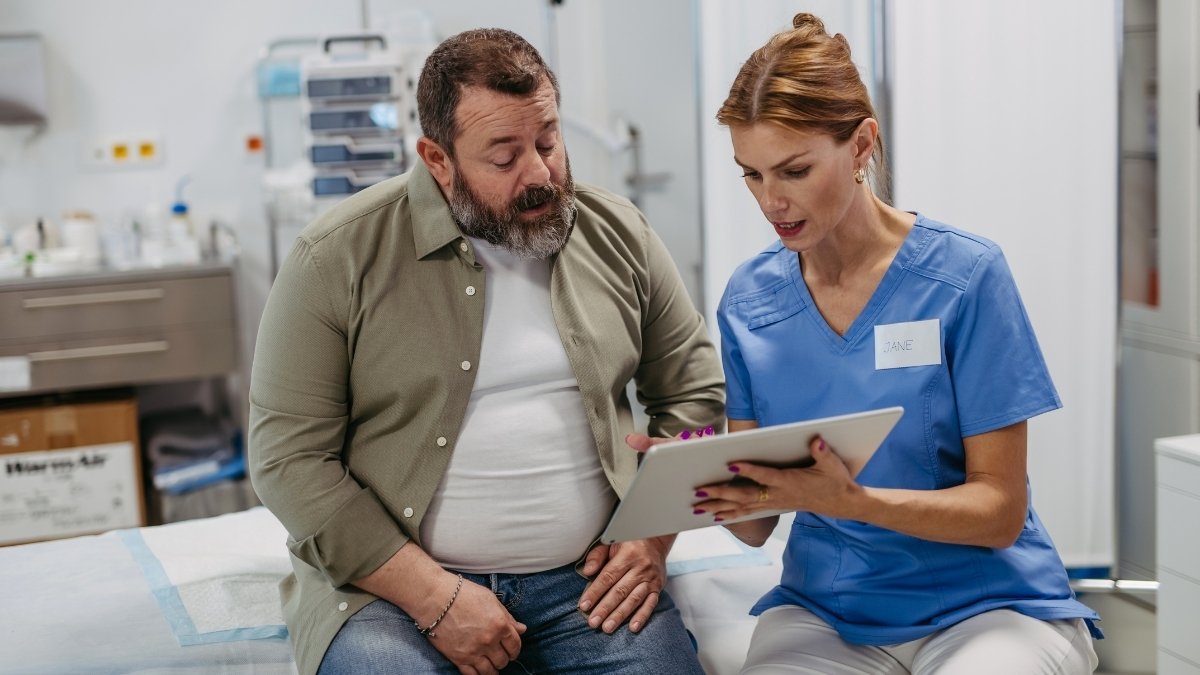
Understanding your risk is the first step to preventing cardiac arrest. Conditions like high blood pressure, high cholesterol, and diabetes quietly harm the heart over time. If left unchecked, they damage arteries, increase strain on the heart, and lead to rhythm issues.
A family history of heart disease means you’re genetically more likely to face trouble—especially if close relatives had heart issues early in life. Monitoring these risks helps you act before problems grow.
Most people don’t feel symptoms until it’s serious, so regular health checkups are essential. Blood tests, blood pressure checks, and ECGs give your doctor the data they need. You can’t control your genes, but you can control how you respond to them.
How to Perform:
Schedule a full heart health screening at least once a year with your doctor.
Tips:
- Track your blood pressure, sugar, and cholesterol regularly—even if you feel fine.
- Ask your doctor if early screenings are needed, especially with a family history.
- Stay alert to silent symptoms like fatigue or shortness of breath during daily activities.
2. Stay Heart-Healthy
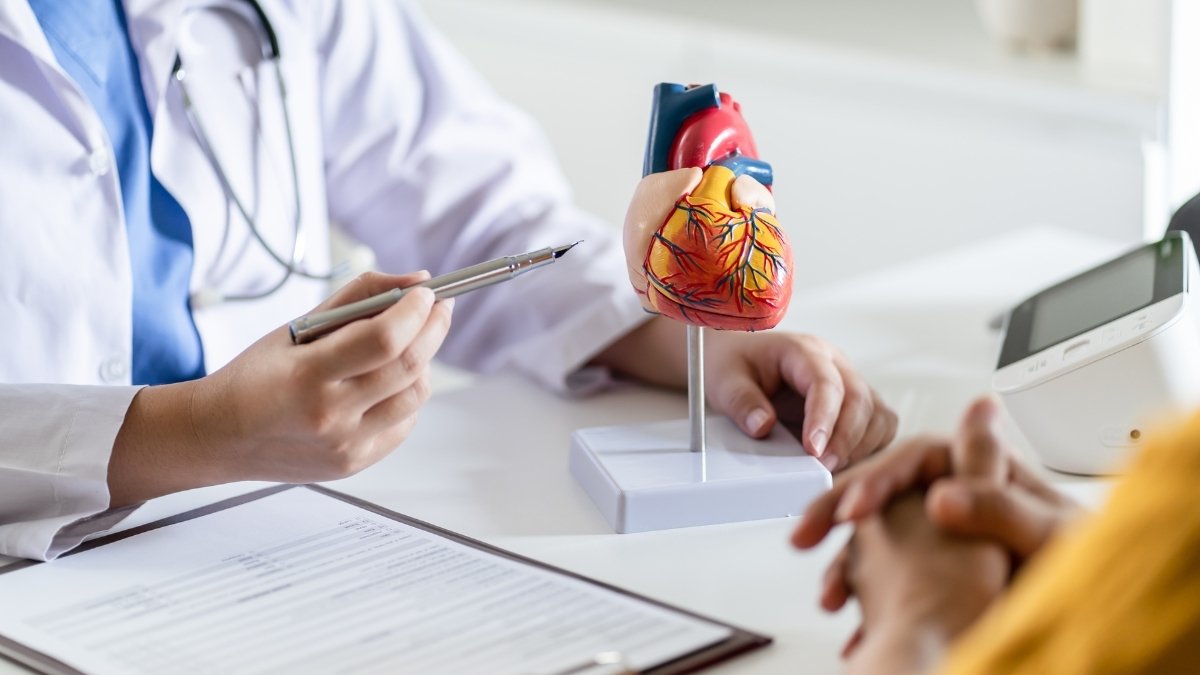
A strong heart needs the right fuel and movement. Meals rich in vegetables, fruits, healthy fats (like olive oil or nuts), and whole grains feed your heart what it craves.
Processed foods, too much sodium, and added sugars do the opposite—causing inflammation and weight gain. Exercise isn’t just about burning calories. It keeps blood flowing, reduces pressure on arteries, and trains the heart to beat more efficiently.
Even brisk walking counts. Maintaining a healthy weight lowers strain on the heart, joints, and lungs. Losing even 5–10% of body weight can improve your cholesterol and blood pressure.
How to Perform:
Start with 30 minutes of brisk walking five days a week, and add heart-friendly foods one meal at a time.
Tips:
- Choose colorful veggies and fruits—they’re loaded with nutrients and antioxidants.
- Keep moving throughout the day: use stairs, walk during calls, stretch between tasks.
- Weigh yourself weekly to track trends—not to judge, but to stay informed.
3. Avoid Smoking and Limit Alcohol
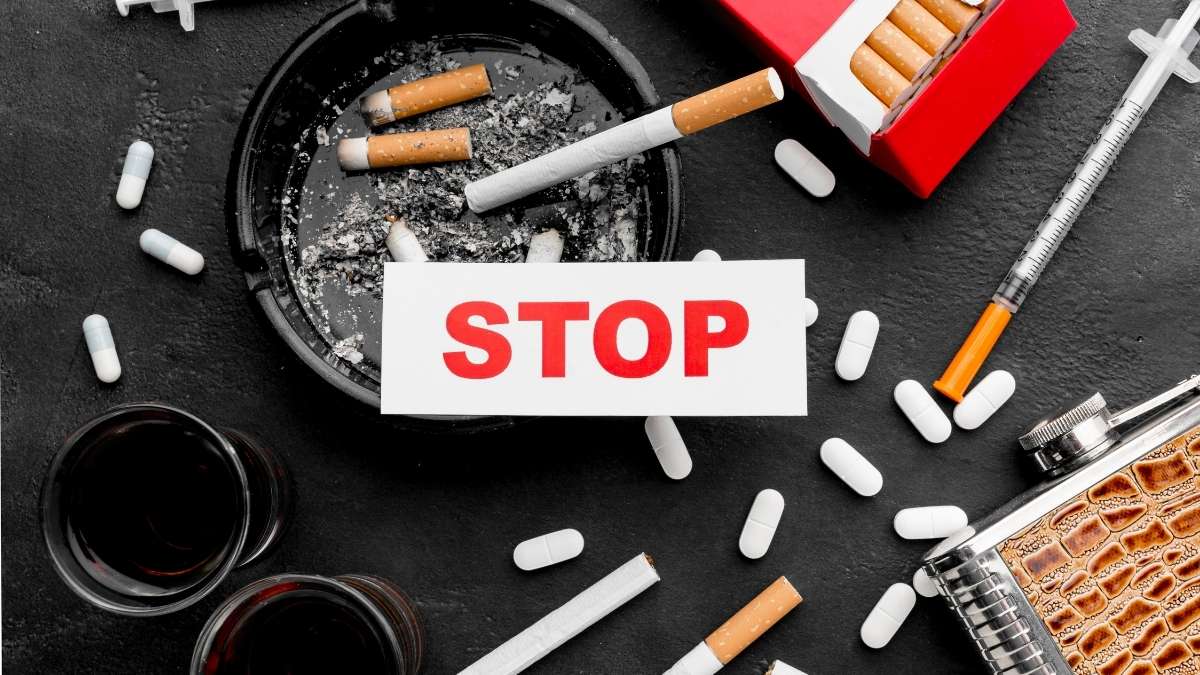
Tobacco restricts blood flow, stiffens arteries, and increases the heart’s workload. Even secondhand smoke harms your heart. Nicotine also triggers arrhythmias and raises blood pressure. When it comes to alcohol, more isn’t better.
Drinking in excess can weaken heart muscles and disturb electrical signals. Binge drinking is especially risky for sudden heart rhythm changes. Cutting back adds years to your life and reduces your chance of heart failure or sudden cardiac events.
How to Perform:
Quit smoking using a support plan or medically approved method. Limit alcohol to no more than 1 drink per day (for women) or 2 (for men).
Tips:
- Use nicotine patches or talk to a doctor for stop-smoking aids—going cold turkey rarely works.
- Swap alcohol with sparkling water, mocktails, or herbal teas to reduce cravings.
- Avoid social settings that tempt you to smoke or drink during the early quitting phase.
4. Manage Stress

Stress puts your heart under constant pressure. It can spike blood pressure, increase heart rate, and trigger irregular rhythms. Chronic stress also leads to poor habits like overeating, smoking, or skipping workouts—all of which strain the heart.
The body produces stress hormones like cortisol, which—over time—can damage blood vessels and promote plaque buildup. Your heart doesn’t know the difference between mental stress and physical danger; it reacts the same way.
How to Perform:
Set aside 10–15 minutes each day to practice deep breathing, guided relaxation, or light meditation.
Tips:
- Try breathing in for 4 seconds, holding for 4, and exhaling for 6 to calm your nervous system.
- Reduce digital clutter—turn off notifications, take screen breaks, and protect your sleep.
- Replace late-night scrolling or worry with light reading or calming music before bed.
5. Get Regular Health Screenings
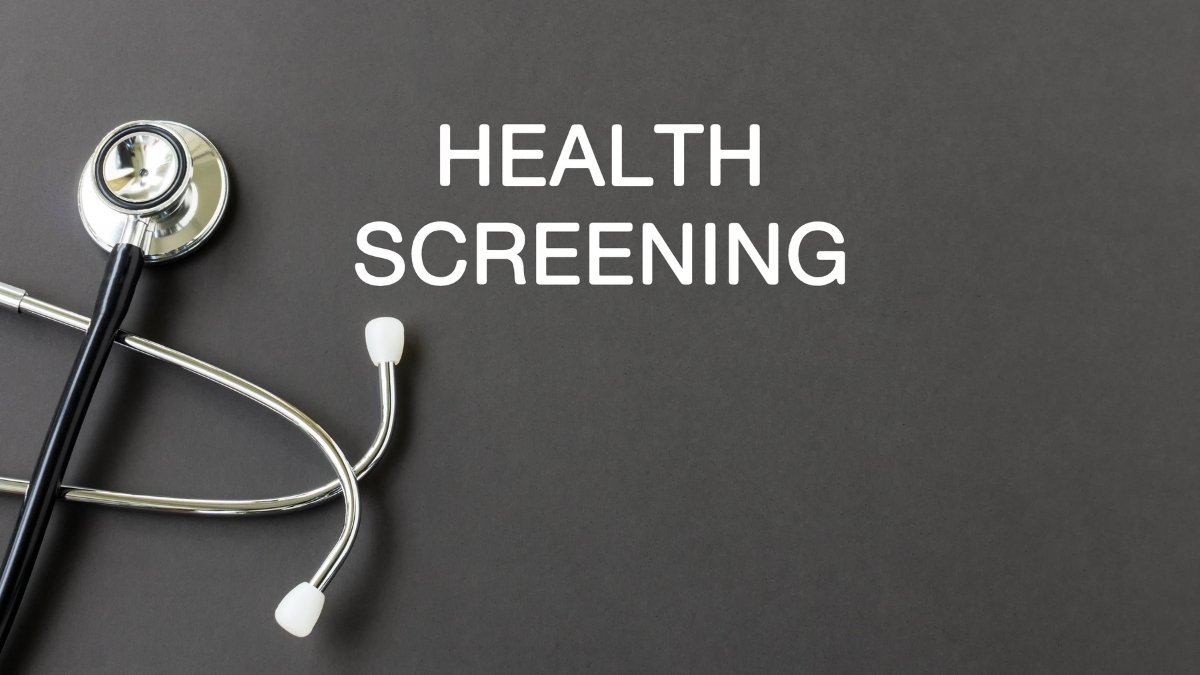
Catching heart problems early saves lives. Blood pressure, cholesterol, and blood sugar can all rise silently, putting strain on your heart before any symptoms show. Irregular heart rhythms like atrial fibrillation may go unnoticed, yet raise the risk of cardiac arrest and stroke.
Screenings help identify these dangers early so they can be managed before they escalate. Doctors use simple tools like ECGs, blood tests, and heart rate monitoring to detect warning signs.
Staying ahead of these numbers puts you in control and reduces long-term damage. Missing routine checkups can leave you exposed to hidden heart risks that grow worse over time.
- How to perform:
Book a heart health check-up once a year. Ask your doctor for blood tests, blood pressure readings, and an ECG if you notice fatigue or irregular heartbeat. - Tips:
• Track results from each visit to spot changes early.
• Ask if heart rhythm tests are needed, especially if you’re over 50 or have a family history.
• Don’t ignore subtle signs like dizziness, skipped beats, or light-headedness.
6. Limit Stimulants
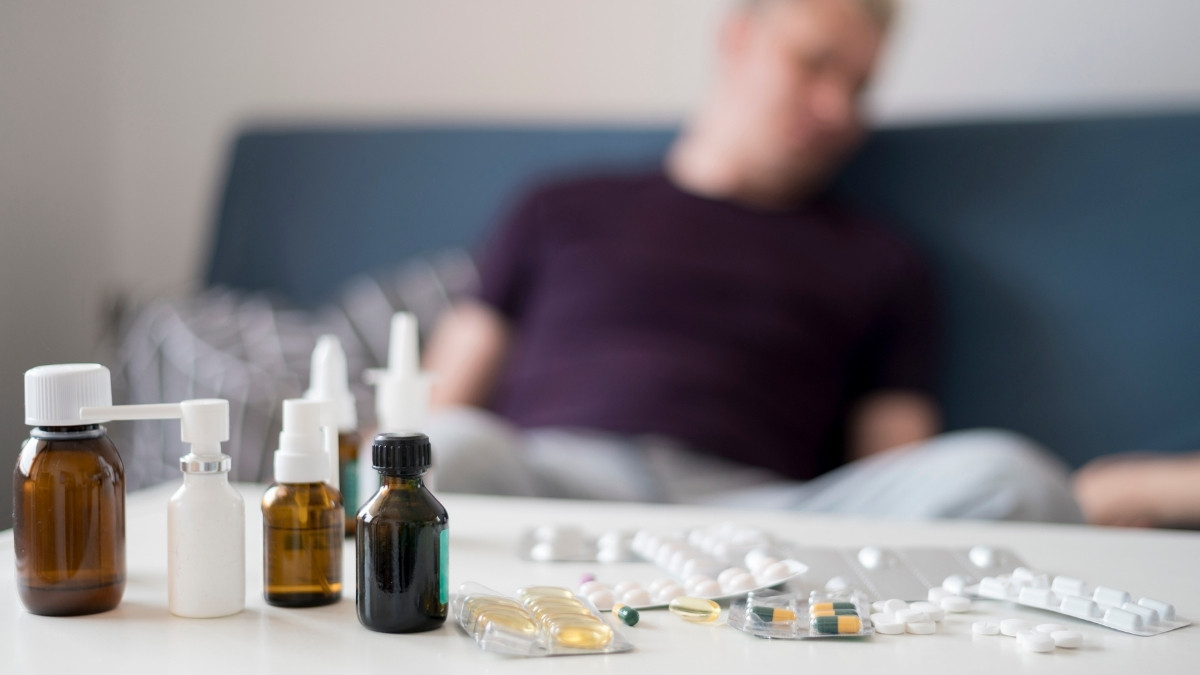
Excessive caffeine, energy drinks, and even some over-the-counter meds can overstimulate your heart. This may lead to skipped beats, fast rhythms, or even arrhythmias that trigger cardiac arrest in high-risk people.
Energy drinks often contain high doses of caffeine plus other compounds that raise heart rate and blood pressure. Some cold medications and weight-loss supplements also affect your heart’s rhythm without warning.
People with existing heart conditions should be especially careful. While moderate caffeine from coffee is generally tolerated, it’s best to limit anything that causes palpitations or jitteriness.
- How to perform:
Reduce daily caffeine intake to under 300mg. Avoid energy drinks entirely if you’ve ever experienced palpitations or rapid heartbeat. - Tips:
• Read labels closely—many drinks and pills list caffeine or stimulants under other names.
• Replace energy drinks with water, herbal teas, or fruit-infused drinks.
• Pay attention to your body—if your heart races after certain drinks or meds, stop and consult your doctor.
7. Know CPR & AED Use
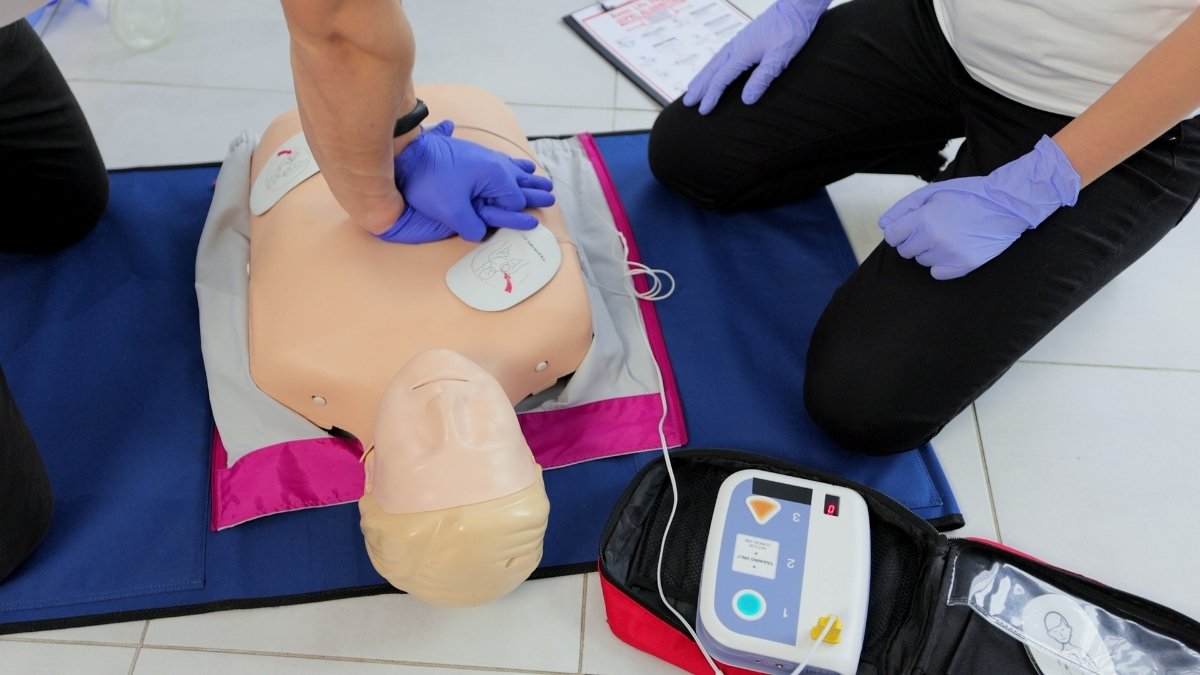
When cardiac arrest strikes, seconds count. Knowing how to perform CPR (cardiopulmonary resuscitation) can keep blood flowing to the brain and organs until help arrives. It doubles or triples the chance of survival if used right away.
AEDs (automated external defibrillators) restart a stopped heart by correcting deadly rhythms. They’re found in airports, malls, gyms, and schools—often near entrances. Many people hesitate in emergencies, but modern AEDs guide you through each step out loud.
Learning these lifesaving skills takes less than a day and can mean the difference between life and death for someone you care about.
- How to perform:
Take a certified CPR course in person or online. Learn how to recognize cardiac arrest, perform chest compressions, and use an AED. - Tips:
• Practice CPR techniques yearly to stay confident and sharp.
• Check your workplace, gym, or community center for AED locations.
• Teach family members CPR too—especially if someone at home has a heart condition.
7 informative General Tips:
- Monitor your blood pressure and cholesterol levels regularly to catch silent heart risks early.
- Aim for at least 30 minutes of moderate exercise most days to strengthen heart function.
- Choose a heart-smart diet rich in fiber, healthy fats, and low in sodium and sugar.
- Quit smoking completely and limit alcohol to reduce strain on your cardiovascular system.
- Practice daily stress-reduction techniques like deep breathing, meditation, or walking.
- Avoid energy drinks and check labels for stimulants that may trigger irregular heart rhythms.
- Learn CPR and how to use an AED—you could save a life before emergency help arrives.
(Final Thought)
Cardiac arrest may strike without warning, but the good news is—many of its root causes are within your control. By making heart-smart choices every day, you can dramatically reduce your risk and protect your most vital organ.
From eating clean and moving more, to quitting harmful habits like smoking or excessive drinking, prevention is always better than emergency treatment. Regular checkups, managing stress, and staying informed about your numbers (like blood pressure and cholesterol) act as your personal early warning system.
Even small lifestyle shifts can create a powerful ripple effect over time. And don’t forget—knowing CPR and where to find an AED could save a life, possibly even your own. Your heart deserves attention not just when there’s a problem—but every single day. Take action today; your future self will thank you for it.

